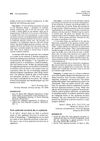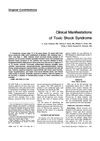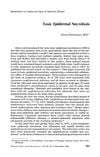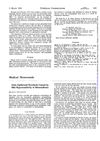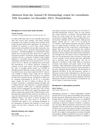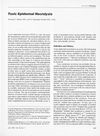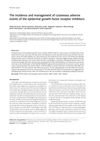Toxic Epidermal Necrolysis
November 1992
in “
International Journal of Dermatology
”
toxic epidermal necrolysis mucocutaneous reaction nonsteroidal anti-inflammatory agents antibiotics anticonvulsants allopurinol fluid resuscitation nutritional support wound care biological dressings synthetic dressings hyperbaric oxygen therapy NSAIDs antibiotics anticonvulsants allopurinol fluid therapy nutrition support wound care biological dressings synthetic dressings hyperbaric oxygen therapy
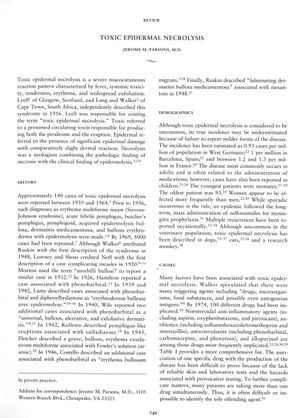
TLDR Toxic epidermal necrolysis is a severe skin reaction often linked to drugs, requiring careful medication use and supportive care.
The document from 1992 provides a comprehensive review of toxic epidermal necrolysis (TEN), a severe mucocutaneous reaction characterized by fever, systemic toxicity, and widespread skin exfoliation. It discusses the condition's association with various drugs, particularly nonsteroidal anti-inflammatory agents, antibiotics, anticonvulsants, and allopurinol, and notes that drug-related cases usually begin within three weeks of starting therapy. The review also covers clinical manifestations, potential complications, and the importance of supportive care in management, including fluid resuscitation, nutritional support, and wound care. Various treatments such as biological and synthetic dressings, as well as hyperbaric oxygen therapy, are mentioned. The document highlights the need for careful medication prescription and patient education to prevent adverse reactions. However, it does not provide specific numbers of people studied or case reports, and the information is over three decades old, which may not reflect current medical practices.
